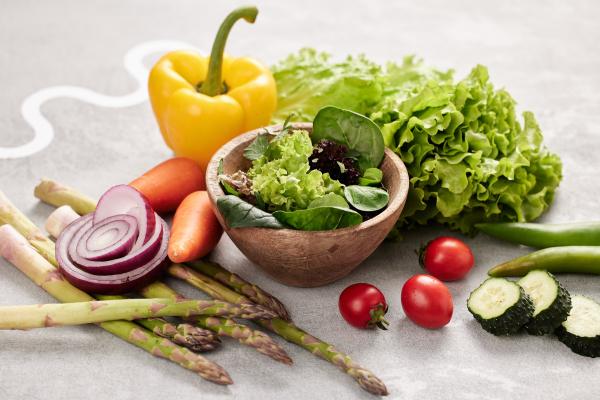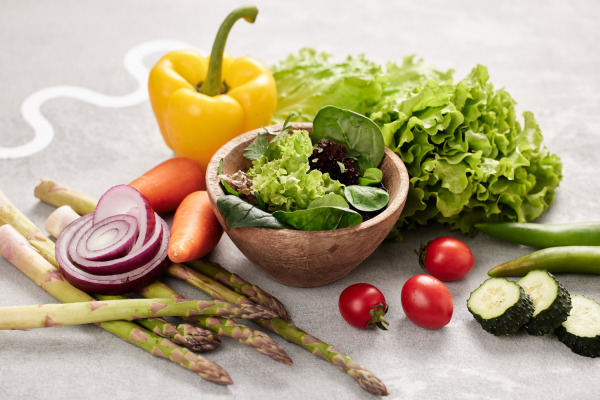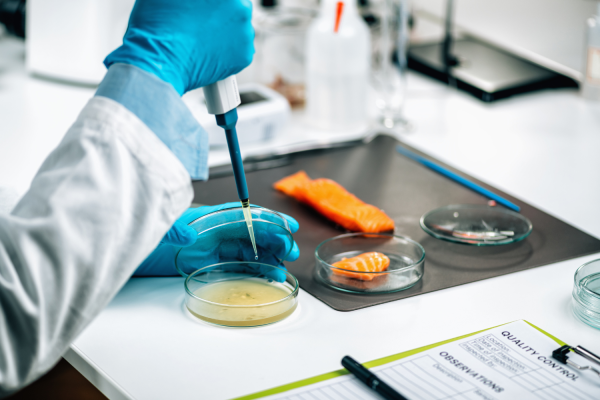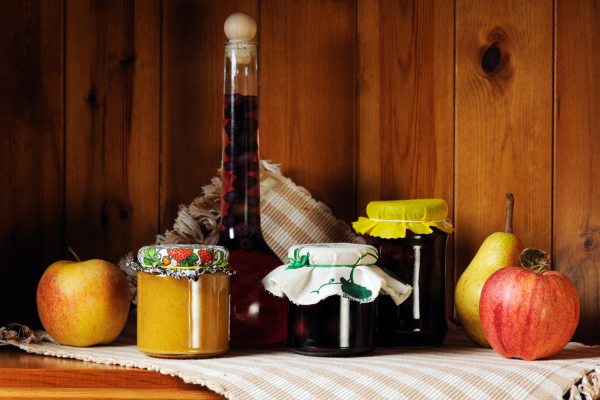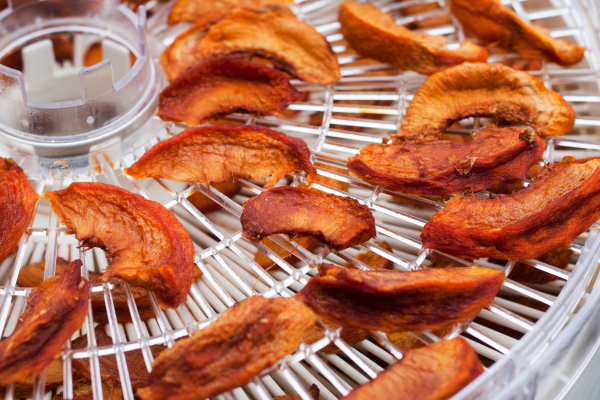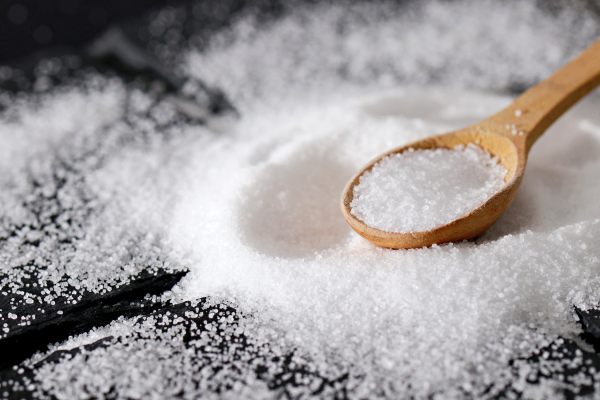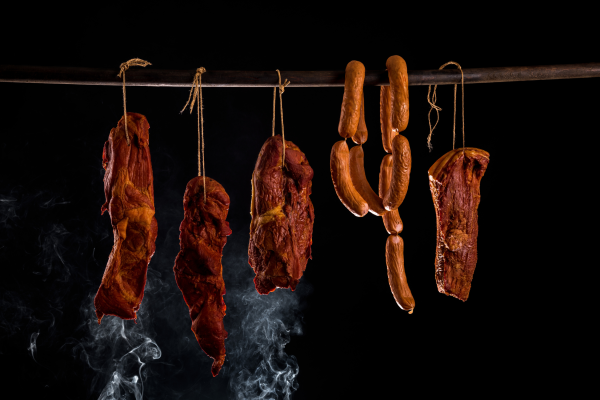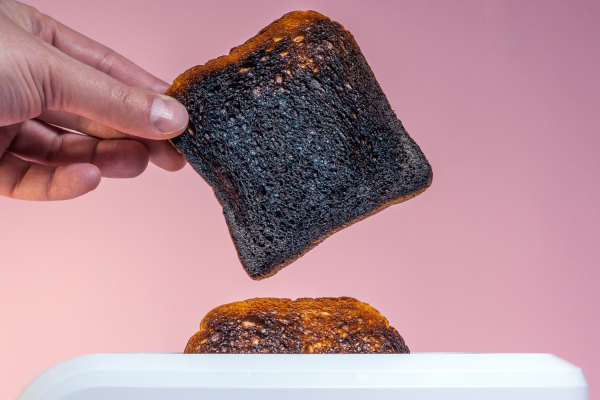
Food shelf-life is a critical aspect of food production and consumption. It refers to the period during which food retains its quality, safety, and nutritional value. For food manufacturers, understanding and managing shelf-life is essential for ensuring product safety, maintaining quality, and minimizing waste. This guide will explore the factors influencing foods’ shelf-life, the role of microbiological safety, and strategies to extend shelf-life.
Microbiological safety and shelf-life
Microbiological safety is a primary concern when determining shelf-life. Microorganisms such as bacteria, yeasts, and molds can contaminate food and cause spoilage or foodborne illnesses. The growth of these microorganisms typically follows a predictable pattern:
- Lag Phase: Initially, microorganisms adapt to their new environment, and growth is slow.
- Exponential Phase: Once adapted, microorganisms rapidly multiply, leading to spoilage if not controlled.
- Stationary Phase: Growth slows down as resources become limited.
- Death Phase: Microorganisms begin to die off due to lack of nutrients or adverse conditions.
To manage microbiological safety, manufacturers often employ hurdle technology, which combines multiple preservation techniques to inhibit microbial growth. These hurdles can include temperature control, acidity, water activity, and the use of preservatives like lactic acid and its derivatives. For example, when handling beef or chicken, it's crucial to refrigerate these items promptly to prevent bacterial growth.
Factors influencing food shelf-life
Several factors determine how long food remains safe and of high quality. These include:
- Formulation: The ingredients used in a food product significantly impact its shelf-life. For example, foods with high sugar or salt content often have longer shelf-lives due to their preservative properties.
- Processing: Techniques such as pasteurization, canning, and freezing can extend shelf-life by inhibiting microbial growth and slowing down chemical reactions that cause spoilage.
- Packaging: Proper packaging protects food from external contaminants, moisture, and air, which can all contribute to spoilage. Innovations in packaging materials and technologies have significantly improved shelf-life.
- Storage Conditions: Temperature, humidity, and light exposure play crucial roles in determining how long food stays fresh. Optimal storage conditions vary depending on the type of food. For instance, frozen foods can be kept indefinitely at 0°F (-18°C) or lower, but their quality may decline over time. It's important to check the expiration dates and storage tips for each item to ensure optimal freshness and taste.
Strategies to extend shelf-life
Extending shelf-life is crucial for reducing food waste and ensuring that products reach consumers in optimal condition. Here are some effective strategies:
- Use of Natural Preservatives: Ingredients like lactic acid and its lactate salts, produced through fermentation, can inhibit microbial growth and extend shelf-life naturally.
- Modified Atmosphere Packaging (MAP): This technique involves altering the atmosphere within the packaging to slow down spoilage. For example, reducing oxygen levels can inhibit the growth of aerobic bacteria.
- Temperature Control: Maintaining consistent and appropriate temperatures throughout the supply chain is essential for preserving food quality and safety. Items like milk and eggs should be refrigerated to maintain their freshness and safety.
- Quality Control Measures: Regular testing and monitoring of food products can help detect and address issues that may affect shelf-life. Keeping lists of best practices and conducting routine checks can further enhance food safety.
Food shelf-life Chart
Understanding the shelf-life of specific food items is crucial for both manufacturers and consumers. Below is a general guide to the shelf-life of common pantry items:
• Baking Powder: 1 year
• Baking Soda: 2 years
• Beans and Peas, Dried: 18 months
• Canned Fruit: 1 year (unopened)
• Canned Meats and Gravies: 1 year (unopened)
• Canned Vegetables: 1 year (unopened)
• Cereals, Ready to Eat: 6-12 months (unopened)
• Chocolate Chips, Semi-Sweet: 1 year
• Coffee, Ground: 3-5 months (unopened)
• Flour, White: 10-15 months (opened, in airtight container)
• Honey, Molasses, and Syrup: 1 year
• Oils (Canola, Corn, and Vegetable): 1-2 years (unopened)
• Pasta, Dried: 2 years (once opened, keep in airtight containers)
• Rice, White: 2 years
• Spices and Herbs, Dried and Ground: 1-2 years (in airtight containers)
• Sugar, Granulated: 2 years
• Vinegar: Indefinitely (do not store in metal)
Managing food shelf-life is a complex process that involves understanding the interplay between formulation, processing, packaging, and storage conditions.
At Galactic, we are committed to driving innovation in food preservation through our expertise in fermentation, analytical sciences, and application development.
By employing strategies like hurdle technology and natural preservatives, such as lactic acid and its derivatives, we help manufacturers extend shelf-life and ensure that their products remain safe and of high quality.
Our team of skilled researchers works tirelessly to develop cutting-edge solutions that address the challenges of food preservation and sustainability. As the food industry continues to evolve, Galactic is at the forefront, providing effective and respectful preservation solutions that meet the needs of both manufacturers and consumers.

Still have questions?
Can’t find the answer you’re looking for?
Contact us for expert advice and support!

